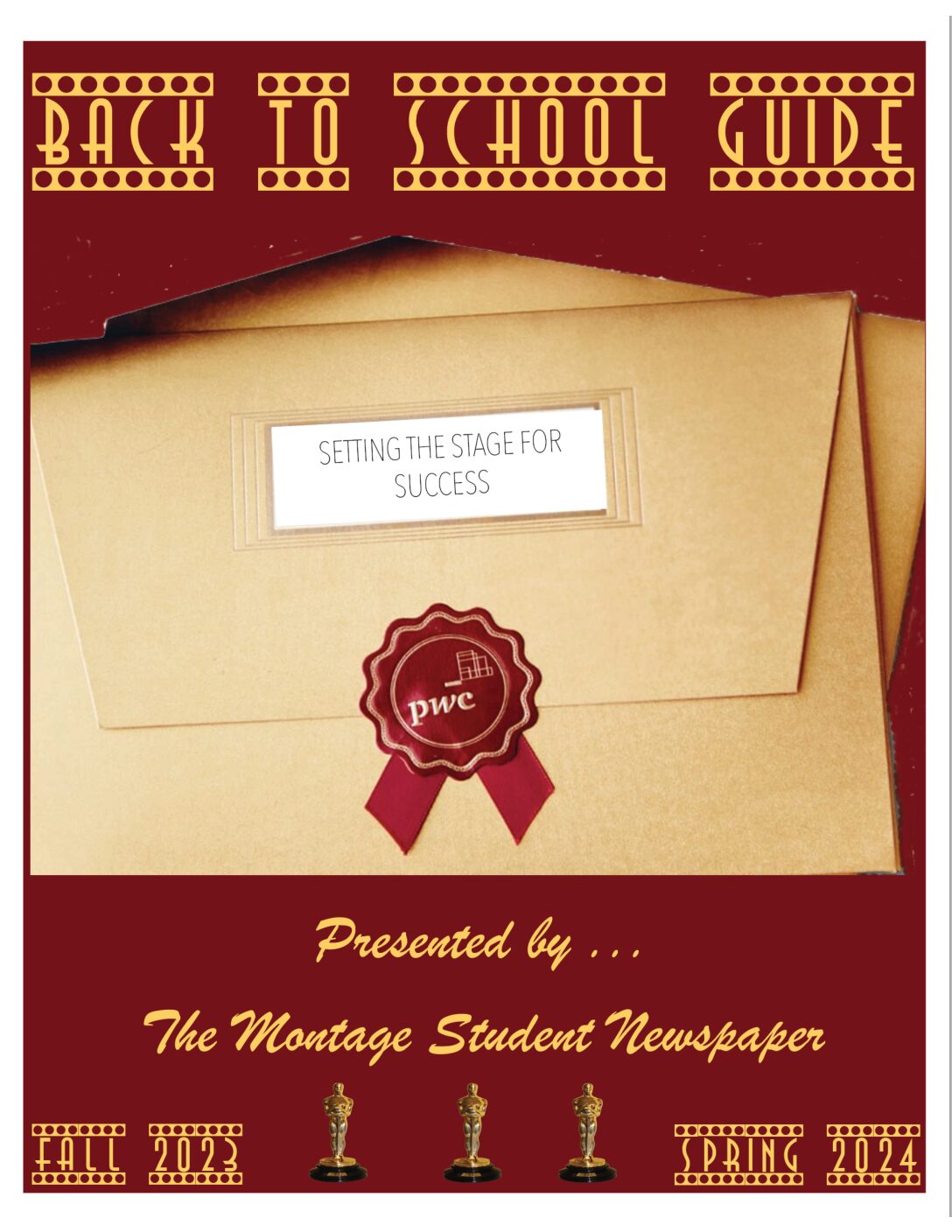There are a number of variables for students to consider when starting the transfer process and four main questions to consider.
 By: Gretchen Daniels
By: Gretchen Daniels
– Copy Editor –
The stress of starting a student’s college career by sending in transcripts, taking placement tests, applying for financial aid and registering for classes can be overwhelming. Making time to explore the transferring process cannot only seem daunting but outright impossible.
Despite the challenges students may face when juggling their school requirements, delaying the transfer process can lead to greater stress later. There are a number of variables for students to consider when starting the transfer process and four main questions to consider.
First, what are the benefits of continuing education beyond STLCC-Meramec?
“Many people will state that a bachelor’s degree is needed to be competitive in the field you want to work in. But a BS/BA represents the course work that you have taken to earn the degree,” English Department Chairperson David Taylor said. “It’s these courses that you take that give you the knowledge and skills that are needed. They lay the foundation for being successful and marketable. Finding out what you want to do and taking the courses that will prepare you for that job are essential.”
A common motivation for transferring is the earning potential that can come with a bachelor’s degree. According to the National Center for Education Statistics, in 2009 the median income for graduates with an associate degree was $36,190 and $46,930 for those with a bachelor’s degree.
Second, what is the best way for a student to become an appealing transfer candidate?
“As soon as a student gets to Meramec, that’s when a student should think about transferring. It takes a lot of research to figure out where you want to go, how you get in, how to apply, what kind of scholarships they might offer,” Eric Meyer, Meramec honors program coordinator, said.
Becoming a strong transfer applicant involves more than researching schools to transfer to. “To make yourself more three-dimensional you need to have clubs and activities,” Meyer said. Meramec offers more than 40 student clubs and additional community programs that focus on improving the campus and community.
Third, how is one to navigate the transfer process?
“You have to plan. You have to go visit the schools, e-mail and call them and send them your unofficial transcript to make sure what you are doing here fits with their curriculum and their program,” said Meyer.
One area that requires student attention is the application essay. “There are many ‘numbers’ that represent students (ACT, SAT, GPA), but the application essay allows an admissions office to understand who you are—the person behind the numbers. Because of this, the essay is extremely important. As well as presenting your personality, the essay helps show how dedicated you are as a student, your motivation for attending a particular college and how successful you will be if admitted,” said Taylor.
Procrastination can be detrimental to students competing for a limited number of transfer spots, especially when a student is applying to more than one school. The transfer process can be a confusing course of sending in transcripts, checking transfer credits and dealing with financial aid.
Fourth, what resources are available to students for help and guidance?
The Princeton Review (http://princetonreview.com) is a free online resource that has college rankings, financial aid and scholarship information and admission advice. Collegefish (http://collegefish.org) is a free website that assists students with the transfer process.
Resources at Meramec include the advising department, writing center and faculty. “The College Writing Center is a great resource for essays. Also speak with instructors who you trust and are in the field you want to study. These professors would be able to guide you in their impressions of how your present yourself in the essays, what to expect in the types of programs and be able to provide insight into the field,” Taylor said.
“[When transferring] there is more expected of you. It’s like, okay, you’ve had two years of college. The writing ought to be more evolved,” Meyer said. “The number one thing to do is to start early.”








